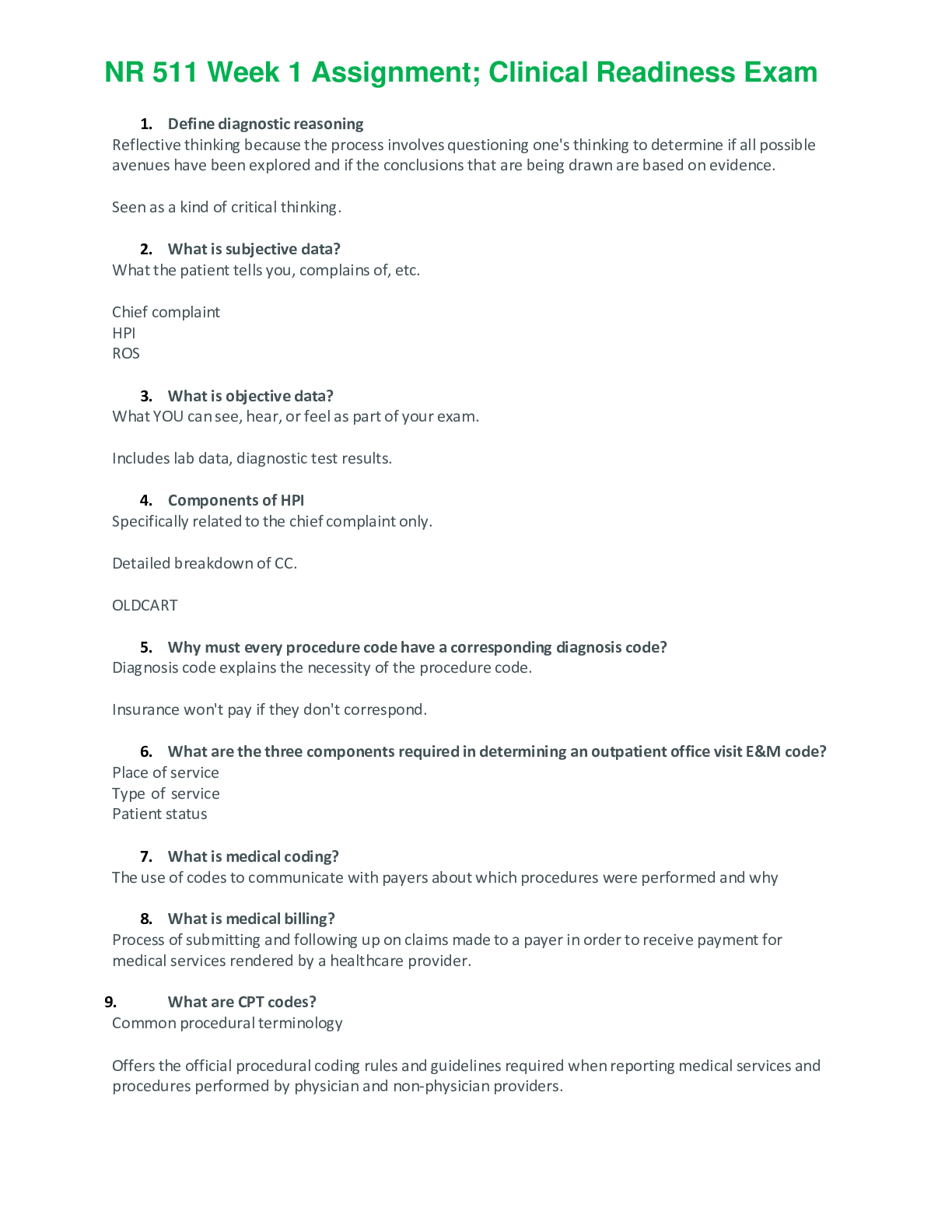Medicine > QUESTIONS & ANSWERS > NREMT EXAM – QUESTIONS AND SOLUTIONS (VERIFIED) (All)
NREMT EXAM – QUESTIONS AND SOLUTIONS (VERIFIED)
Document Content and Description Below
NREMT Exam cardiogenic shock ANSWER- -the type of shock caused by inadequate function of the heart. This develops when the heart cannot maintain sufficient output to meet the demands of the body -... caused by any disease or event which prevents heart pumping -can occur directly after AMI up to 24 hours Obstructive shock ANSWER- The type of shock that results when conditions that cause mechanical obstruction of the cardiac muscle also impact pump function ex. cardiac tamponade, tension pneumothorax Beck's triad ANSWER- Signs of a cardiac tamponade. JVD, narrowing BP pressures, muffled heart sounds Distributive shock ANSWER- The type of shock when there is widespread dilation of the small arterioles, venules, or both. Blood pools in the expanded vascular beds and tissue perfusion decreases Types of distributive shock ANSWER- Septic shock caused by severe infections; neurogenic shock caused by damage to the spinal cord (bradycardia, low BP, warm skin); anaphylactic shock caused by allergic reaction; psychogenic shock Hypovolemic shock ANSWER- The type of shock that results from an inadequate amount of fluid or volume in the system -15% of blood volume How do you treat for shock? ANSWER- Keep the patient warm, control bleeding, put the patient in a position of comfort, and administer high-flow oxygen brain damage without oxygen ANSWER- -without enough oxygen, cardiac arrest or brain damage occurs within about 4 minutes -permanent brain damage within 6 minutes -death likely within 10 minutes FBAO ANSWER- -signs of blockage include inability to cough or speak or inability to ventilate patient -bending patient forward at the waist, support chest with one hand, use heel of hand to give 5 back blows between shoulder blades -then 5 abdominal thrusts -alternate between the two until object is dislodged -if patient loses consciousness, give CPR starting with chest compressions -given even if patient has a pulse, so don't check -before giving breaths, look inside mouth for any visible objects FBAO in children ANSWER- -using thigh for support, lay facing down along forearm; ensure head is lower than the body -give 5 firm back blows between blades -5 chest thrusts; place 2 to 3 fingers in the middle of the chest just below the nipples. push down 1.5 inches. -alternate, unless lose consciousness, then CPR mouse to mouth/mouth to nose ANSWER- -mouth to mouth performed when patient does not have adequate breathing and artificial ventilation not available -open airway -place barrier device -pinch nose and form seal around patient's mouth -check for FBAO if you do not see chest rise and fall -give 1 breath every 5 to 6 seconds for adults and 1 every 3 for peds [Show More]
Last updated: 8 months ago
Preview 1 out of 40 pages
Instant download
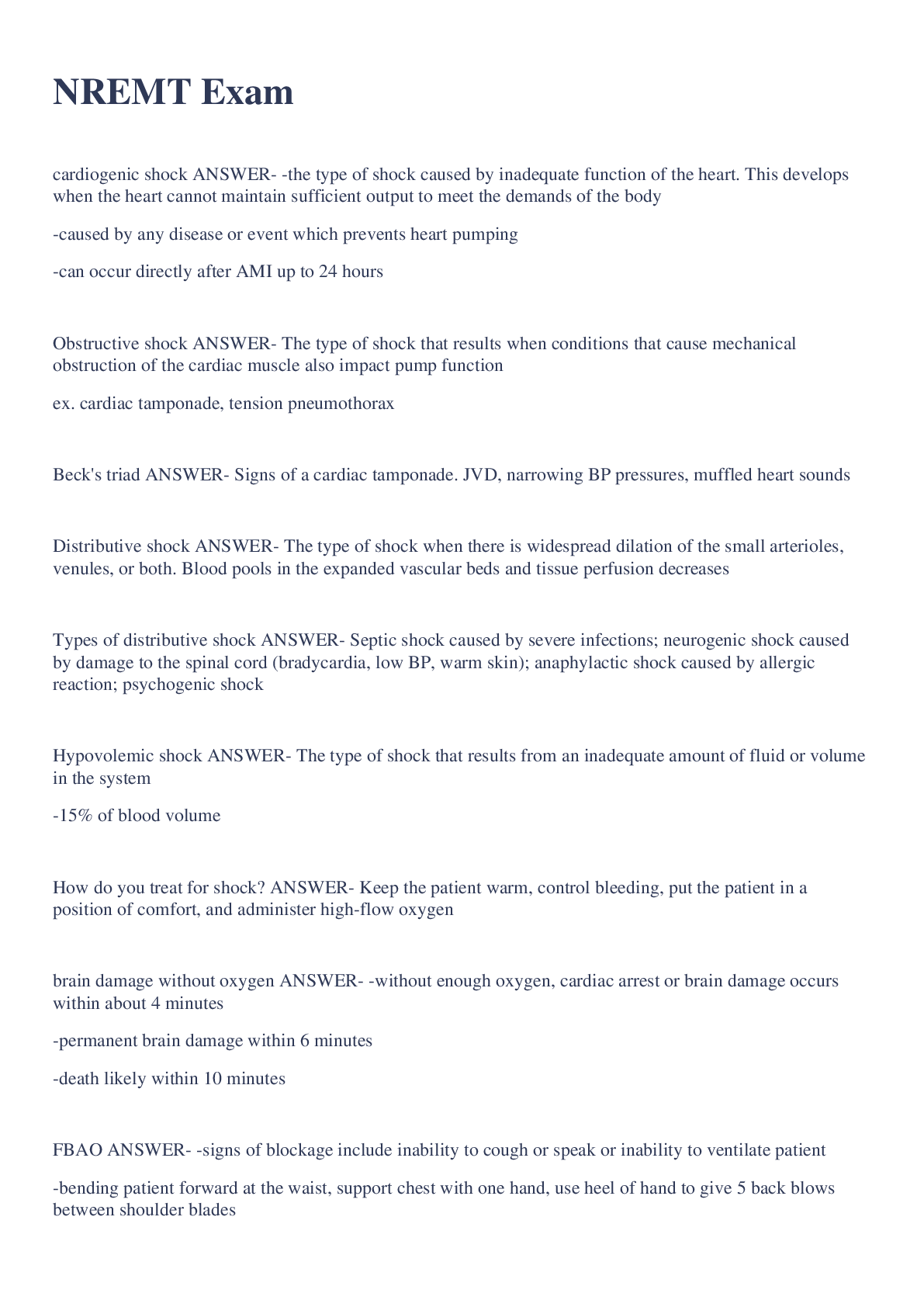
Buy this document to get the full access instantly
Instant Download Access after purchase
Add to cartInstant download
Reviews( 0 )
Document information
Connected school, study & course
About the document
Uploaded On
Oct 04, 2023
Number of pages
40
Written in
Additional information
This document has been written for:
Uploaded
Oct 04, 2023
Downloads
0
Views
74

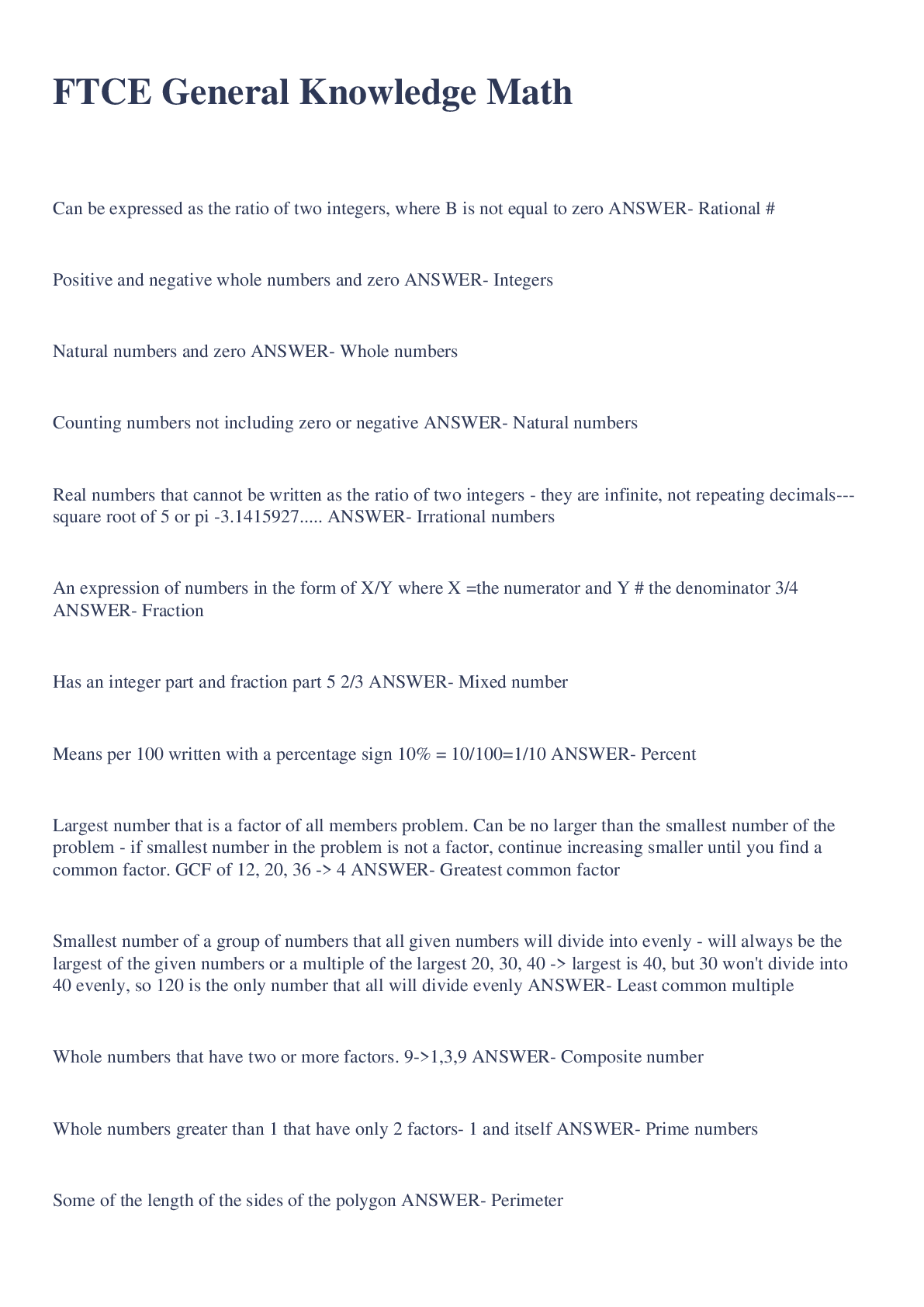
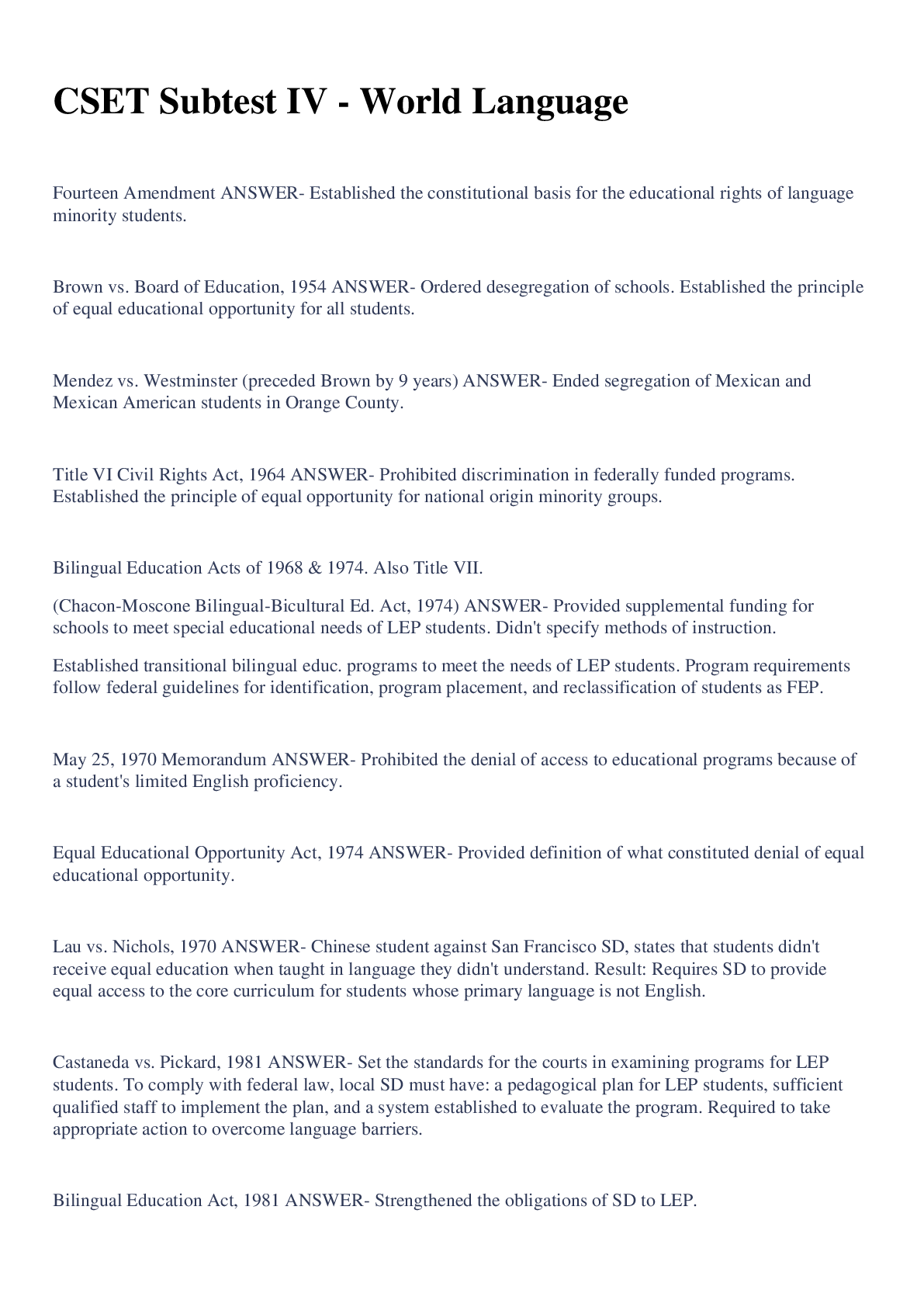

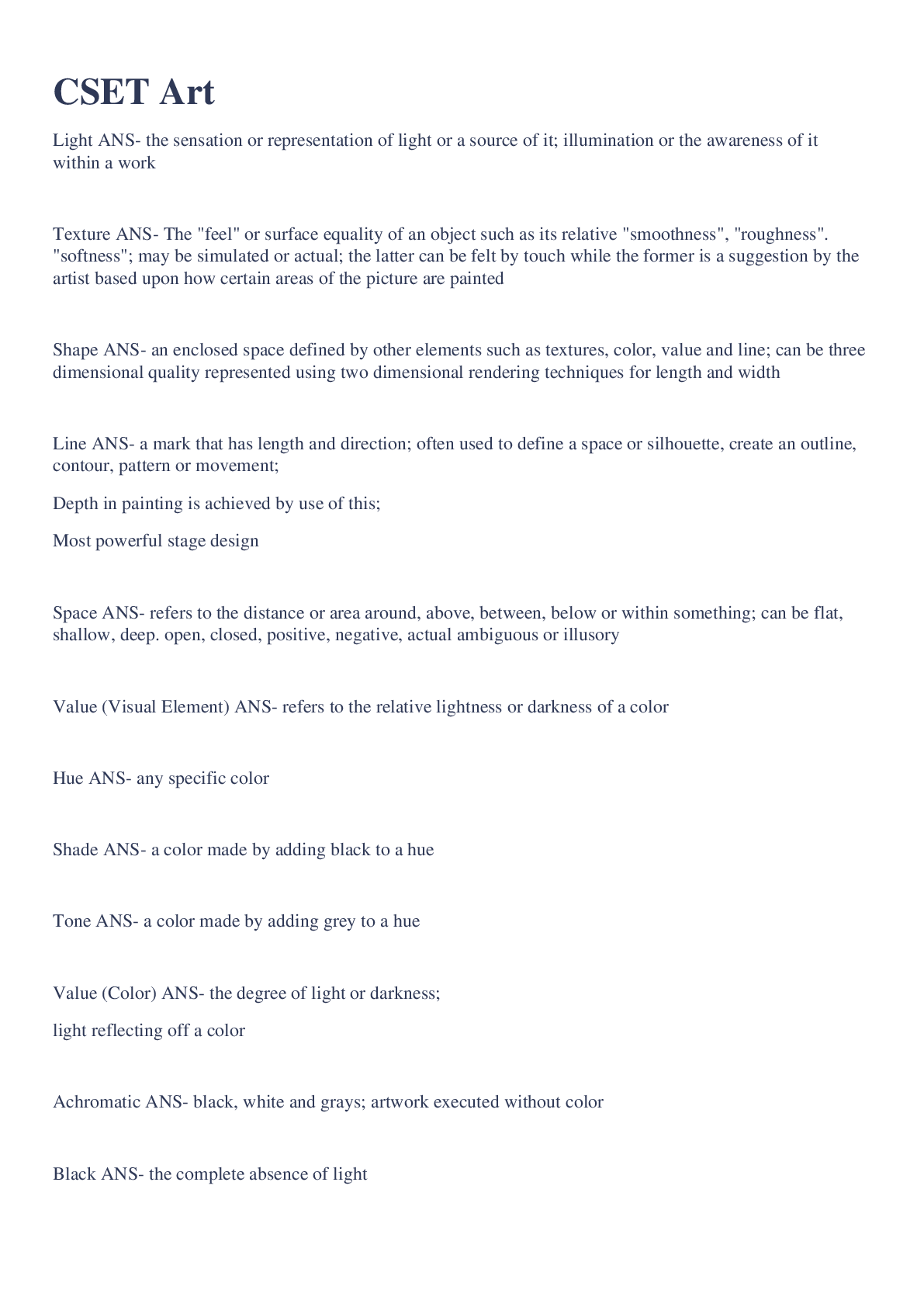


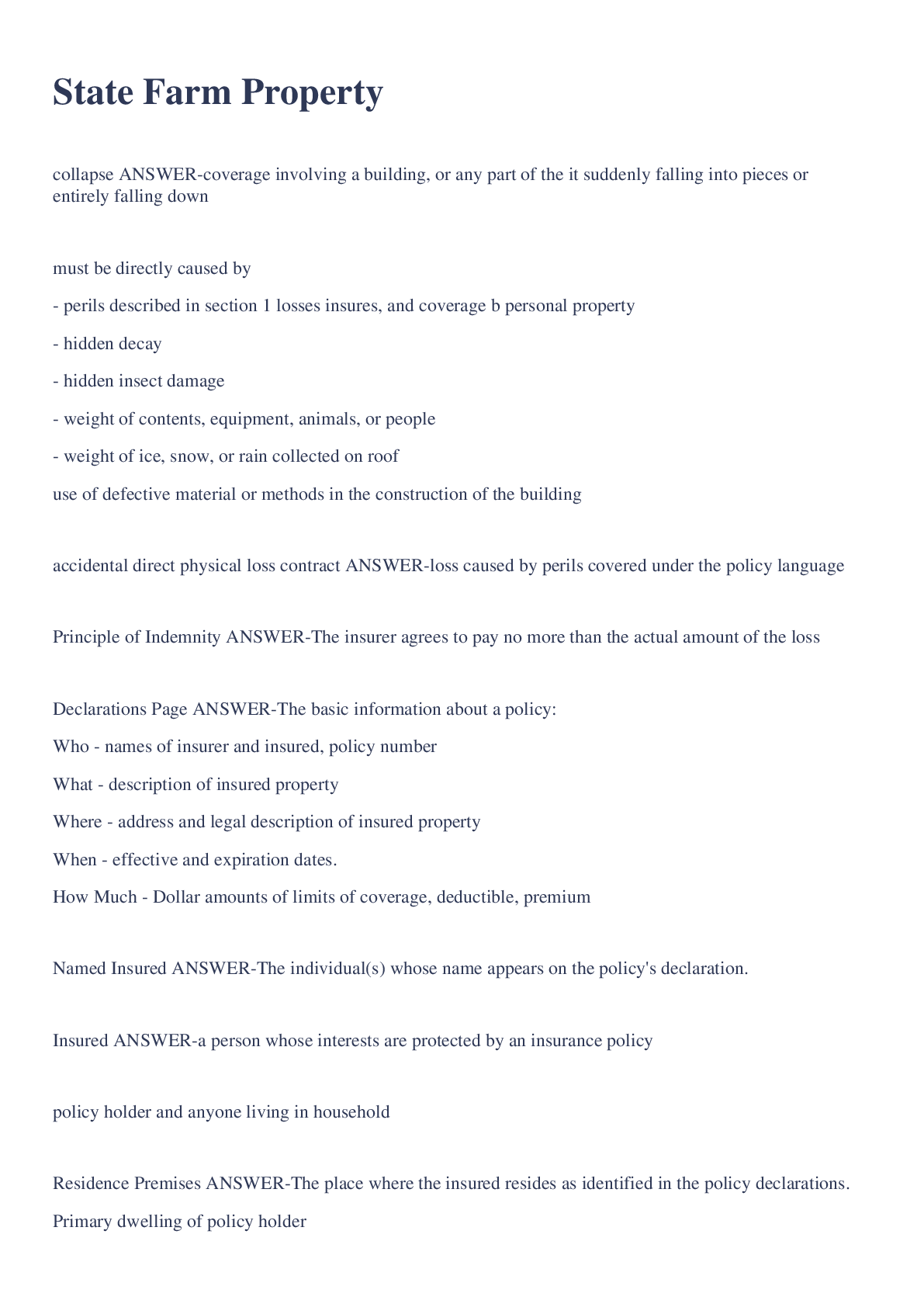
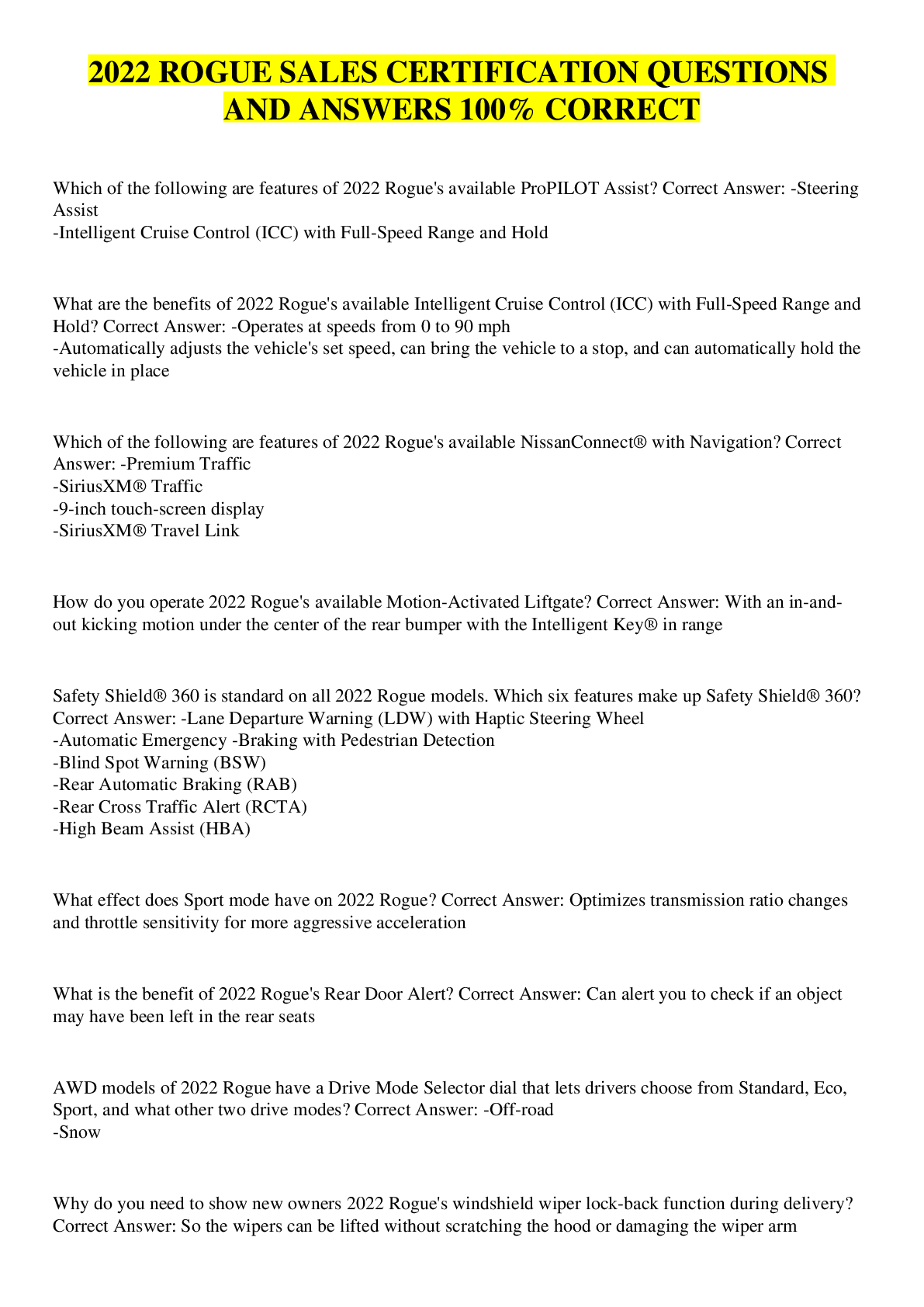
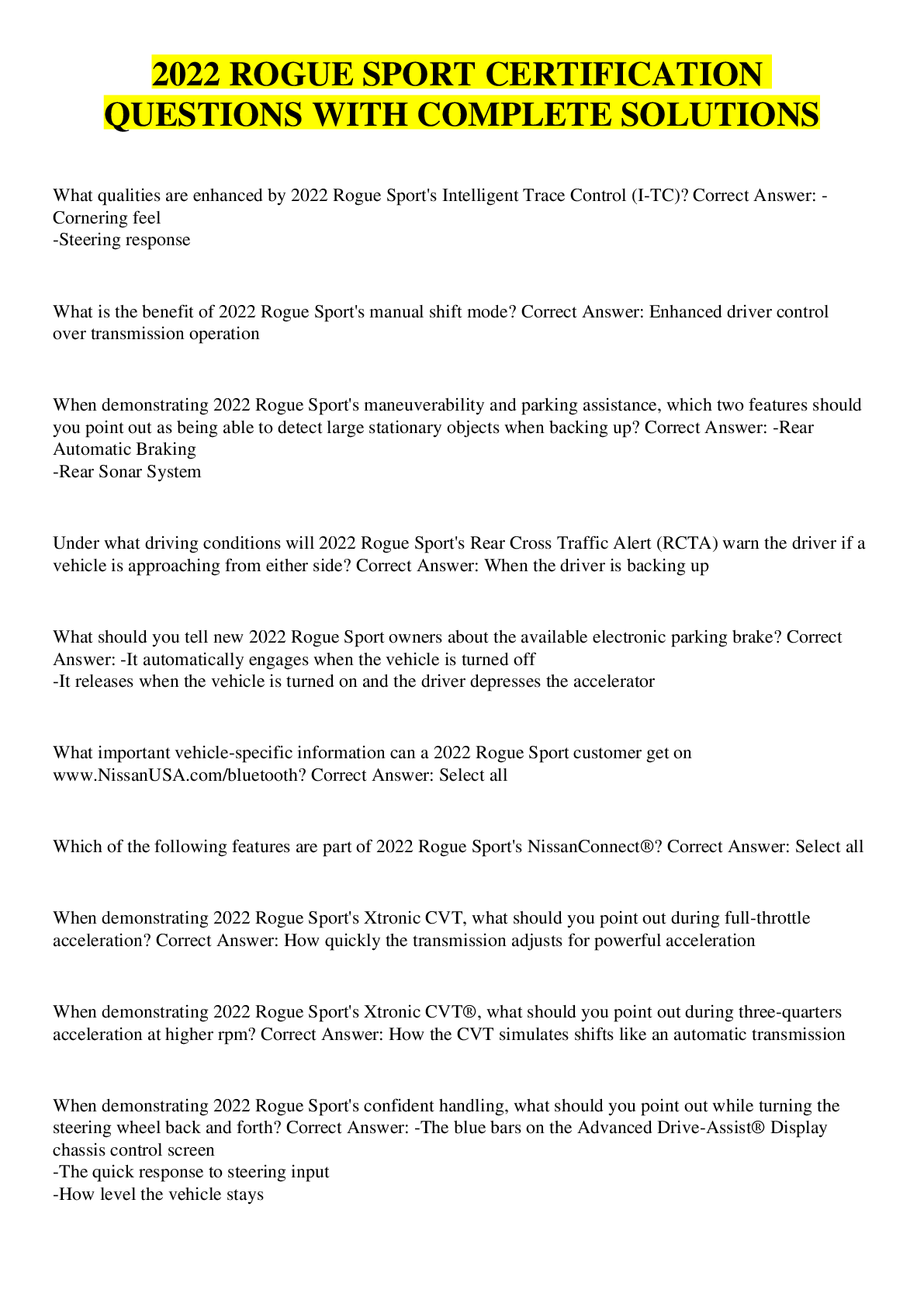
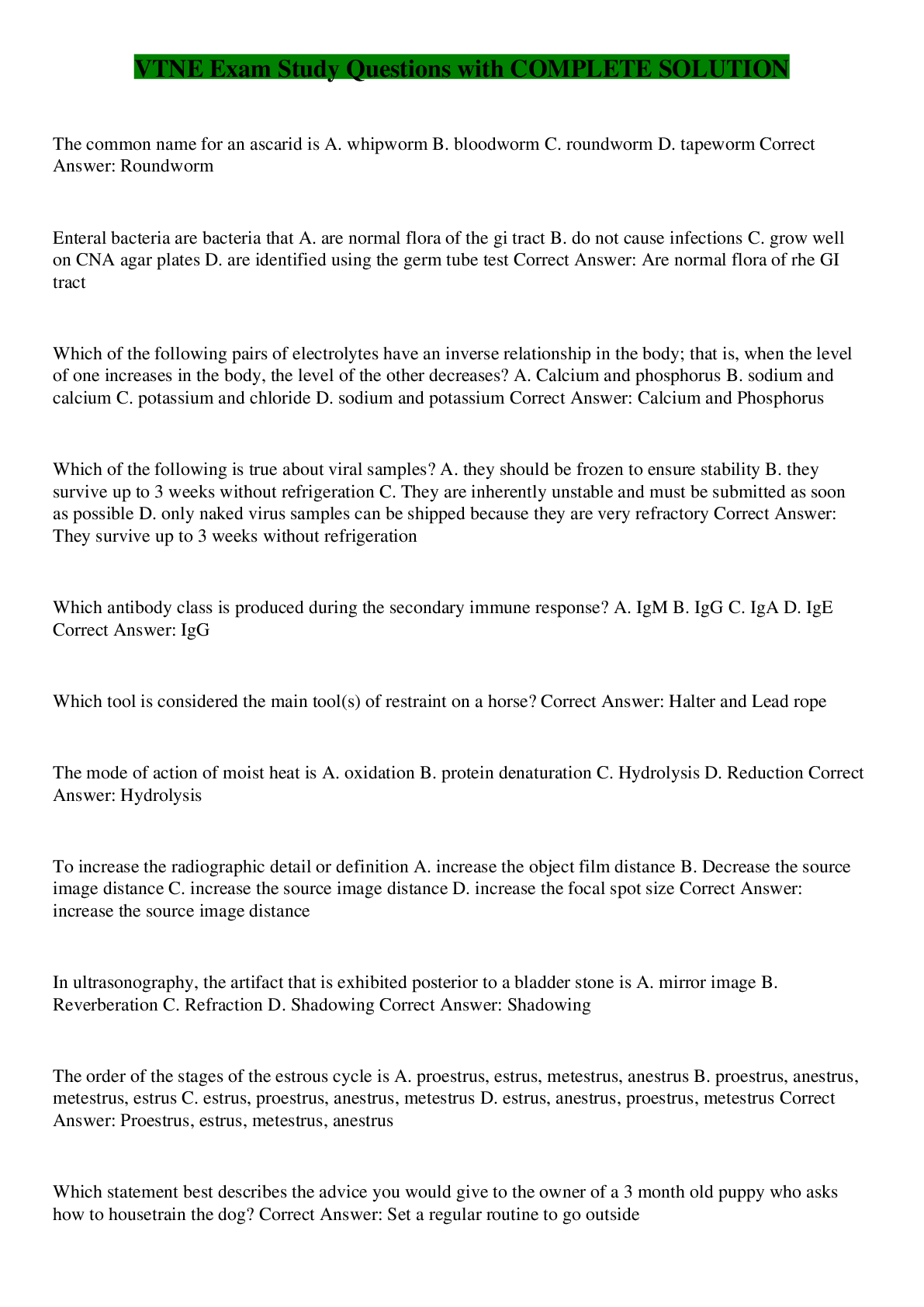



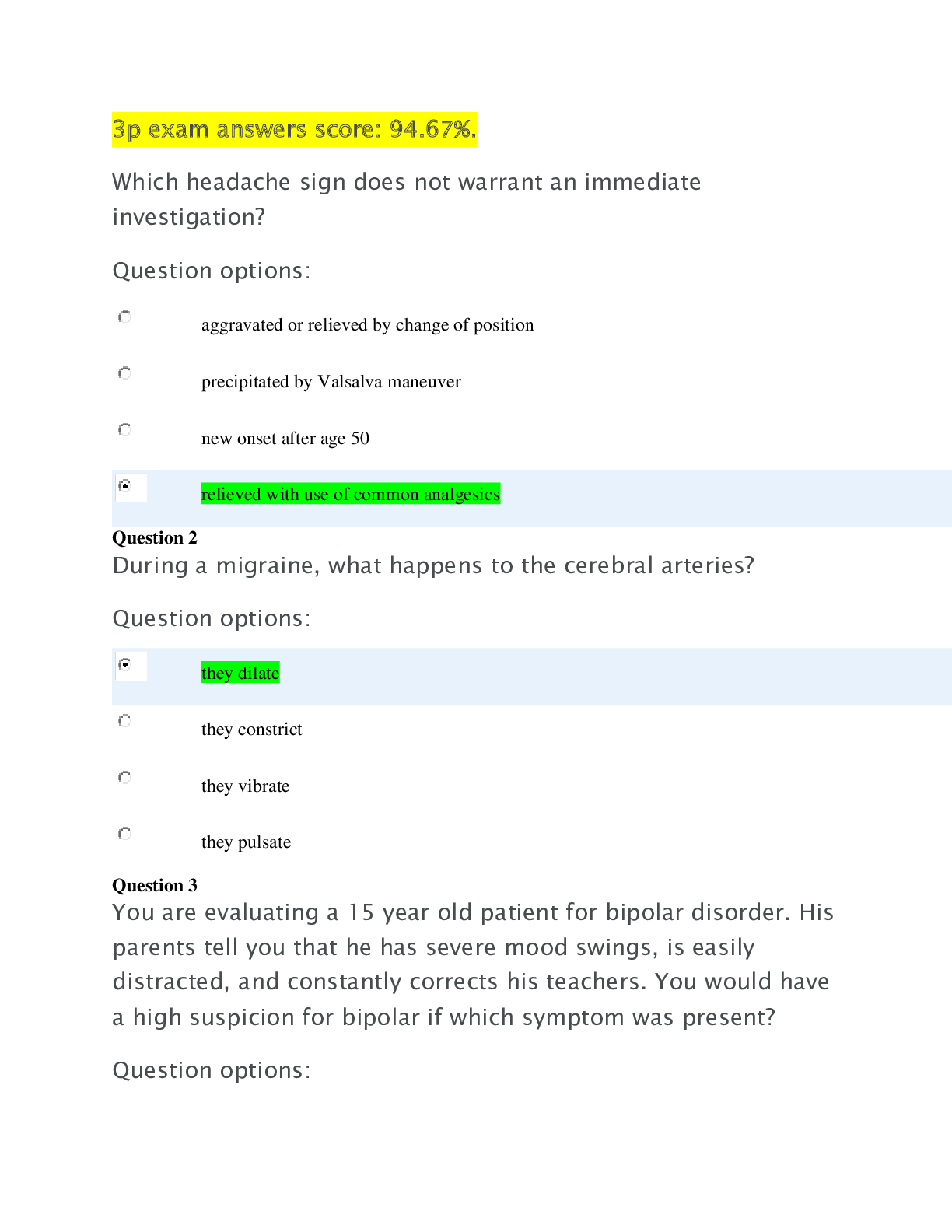
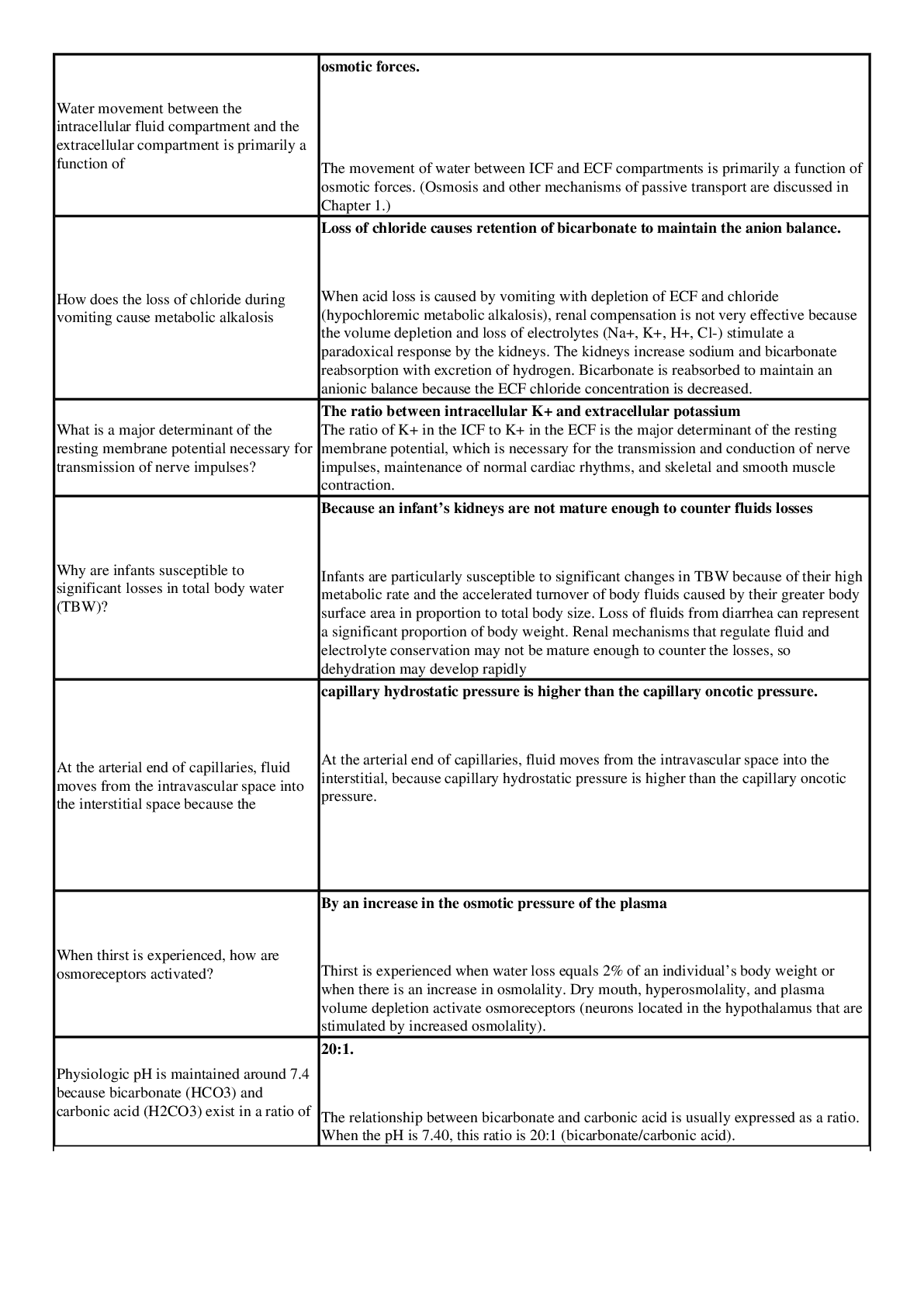


.png)
